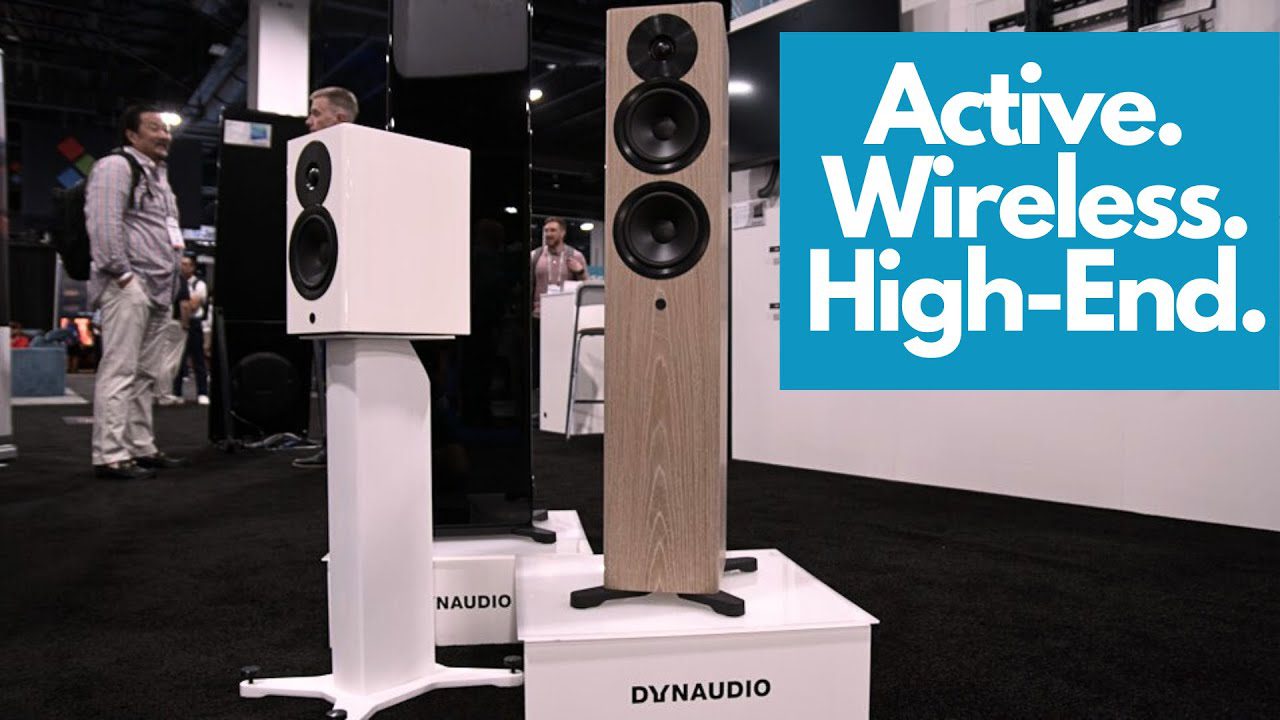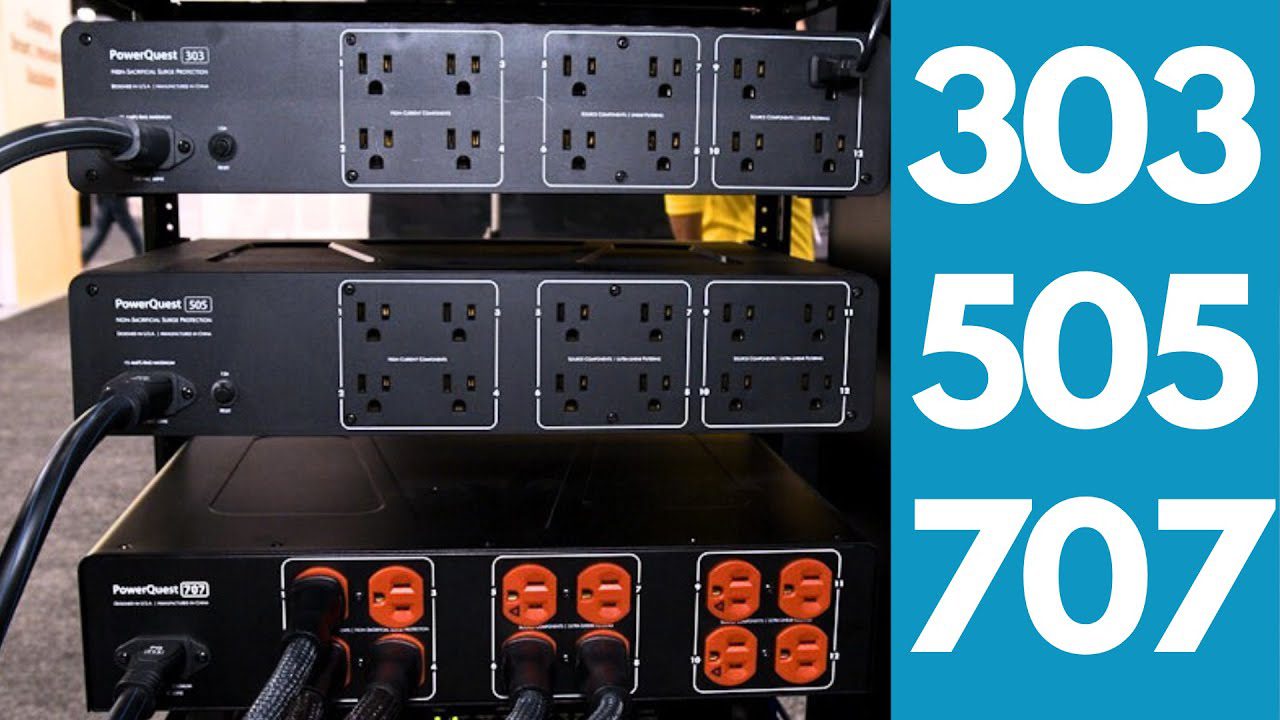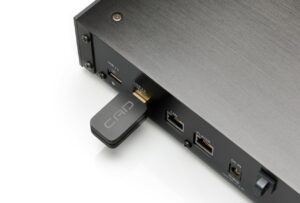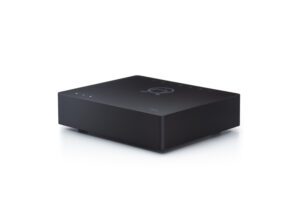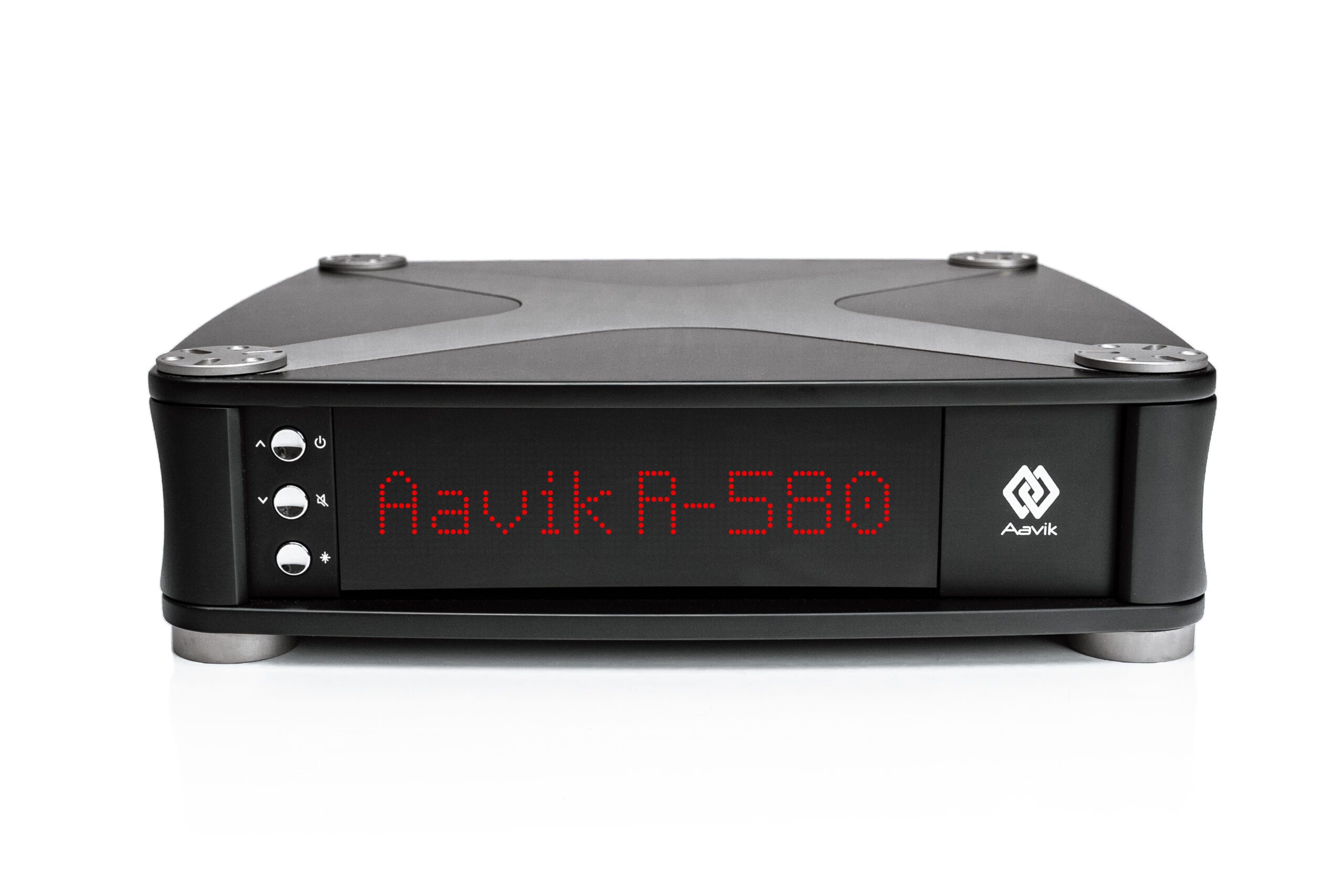
As we near the end of our Aavik 580-Series journey, there’s a twist to the tail. What was hitherto Aavik’s top-of-the-line has just been eclipsed! The new 880 amplifiers – with industrial design from Flemming Rasmussen – have just been announced (at the time of writing). This doesn’t mean the existing 180, 280 and 580 lines are dead or that the 580 line doesn’t still provide peak performance; it’s that Aavik (and Ansuz cables and Børresen loudspeakers) just gave us a more prominent mountain. Given the top tier of the existing products was already well into the stratosphere, the new highest of the high end from Audio Group Denmark (the name of the parent company since 2020) is very high indeed. When it comes to the Aavik 880, have your butler’s butler take the helicopter du jour to scope them out!
Back to the round-up, and this time it’s the turn of the R-580 phono stage. And by now, you probably already know the drill; there are three models in the range with notionally the same basic design, with significantly improved casework and technology to make them considerably less influenced by the world beyond the chassis.
Cartridge care and feeding
Like every Aavik product, the R-580 comes supplied with a pre-paired Apple remote. This controls standby and mute and the impedance load to match the cartridge. You have an 18-step adjustment that runs between 50ohms and 10kohms. Meanwhile, the gain is fixed at a healthy 65dB, the first 40dB of which is amplified with zero negative feedback, while the final 25dB uses local feedback only.
The phono stage breaks with tradition by using a fully floating balanced circuit because an MC cartridge is inherently fully balanced and has a floating ground. It also breaks with tradition by eschewing J-FETs in favour of bipolar transistors. The only thing you could call a tradition with the trio of brands under the Audio Group Denmark umbrella is “if there is a tradition, let’s break with it.” In fairness, Michael Børresen isn’t just living the punk lifestyle and ‘smashing the system’ for the sake of it, but he has a gift for seeing what in audio needs a shake-up.
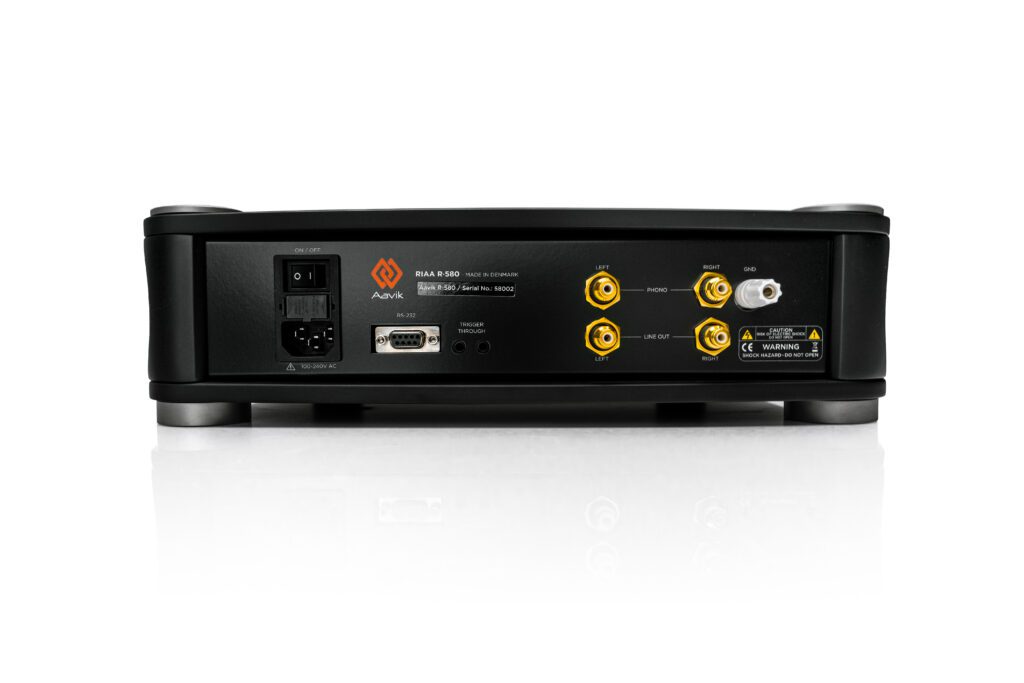
Perhaps the reason why the rest of the audio world went with J-FETs instead of bipolar transistors is that it didn’t look hard enough. The ones used in the Aavik phono stages come from the automotive industry and – in re-tasking them for audio use – the company happened upon an output device that allows an unprecedented low noise circuit for a phono stage, with a claimed signal-to-noise ratio of 94dB at 1kHz. Similarly, bipolar transistors are used in the RIAA section, maintaining a floating, balanced topology throughout the phono stage.
As discussed earlier, the circuit is common to all three phono preamplifiers in the Aavik line-up, and what changes is everything else. While all models in the Aavik range of electronics feature the company’s Tesla coils, dither circuitry and anti-aerial resonance ‘Square Tesla’ coils for noise cancellation, the R-580 comes bristling with more of them than any of the other phono stages in the line-up. It also takes the mechanical resonance issues seriously in the 580 range, with the R-580 having a pure copper chassis within a chassis to mitigate the effect of hysteresis, or the resonance of the chassis effectively ‘slowing down’ the sound of the electronics. This is intrinsic to all audio components, but by taking a no-compromise approach to the chassis construction, Aavik has managed to effectively undermine this taint on the sound of good LP replay. And given a phono stage amplifies a tiny signal, defeating noise is a good priority to have.
It’s worth pausing here a moment. What the three legs of the Audio Group Denmark do are to try and reduce the impact of interference of all kinds on an audio signal, so when you have a tiny audio signal (such as the millivolts generated by the generator of a moving coil cartridge), the more you reduce that impact, the less comes between signal and its amplifier. In a way, a phono stage is the most compelling proof of concept of the whole Aavik/Ansuz/Børresen system is designed to do.
Conceptual gauntlet
If the R-580 is the gauntlet thrown down to show the potential of the concept, it more than rises to the challenge. I fed a range of cartridges through the R-580; from the recently reviewed Titanic Audio through Hana and Kuzma and even the distinctive minty green body of the EAT Jo No 5 and the R-580 did the same thing every time; let the cartridge (and the music) speak for itself.
There used to be a school of thought that suggested you could hear a lot about a system from the lead-in groove of a record. It’s the finest hyperbole of course, but it does have a kernel of truth to it. Playing the lead-ins of Surfer Rosa by The Pixies [MoFi], I Was Walking Through The Woods by Buddy Guy [Chess] and an early pressing of Live at Fillmore East by the Allman Brothers [pink label Capricorn]. On each, you heard slight differences in vinyl formulation, how and when the mastering engineer brought the gain up, the quality and thickness of the vinyl and the degree of brutality (or otherwise) to which it had been subjected in a past life. Once you play those respective albums, similar differences in studio technique quickly dominate.
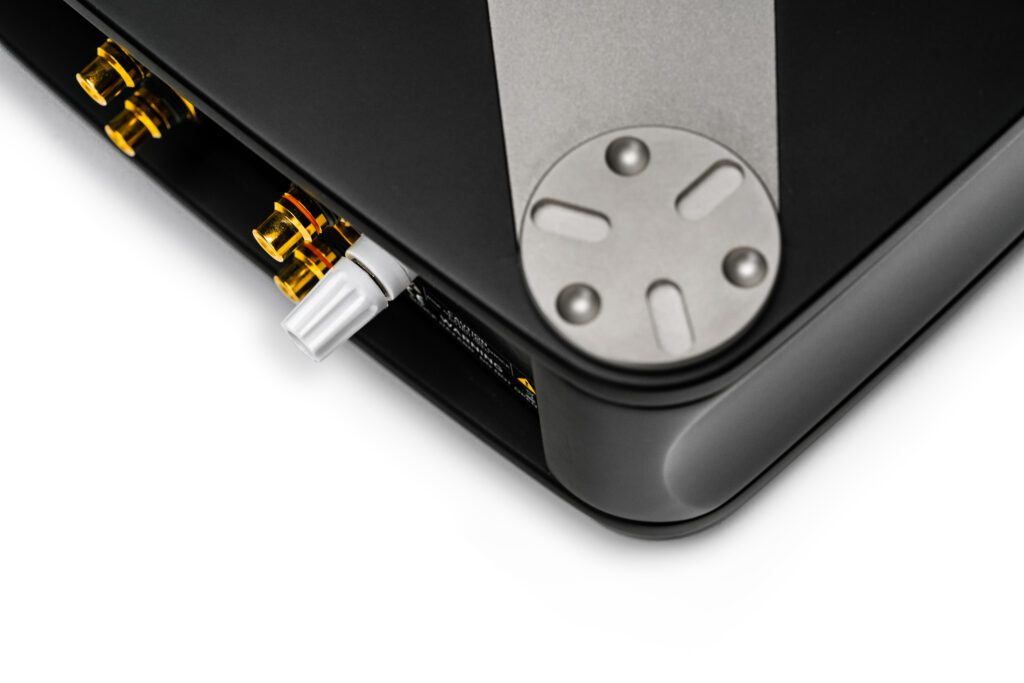
I think one of the things I like about the Aavik R-580 is its ability to be every inch the high-end masterwork when called for, packed full of detail and precision, with beautiful high frequencies, a liquid midrange, wonderful coherence, and a walk-in soundstage, constrained only by the intentions of engineer and producer. However, the R-580 never loses sight of these records being pieces of music and conveys the desires and musicianship of those in front of the microphone brilliantly too. All three of the albums I listed above have both powerful dynamics and a strong sense of rhythm. That makes them all very difficult for a phono stage to get right, as you are too often drawn to one side or the other. The R-580 is that rare thing… a phono stage that doesn’t take sides at all. You hear all the nuance in a recording, be it the filigree details that audio enthusiasts crave or the subtle interplays of musicians riffing off one another that draws music lovers deeper into a record.
There’s a levelling effect that permeates the R-580s performance, and it’s something I’ve not encountered before. It’s almost as if the rest of the LP chain doesn’t matter, as seeming differences between devices are reduced to a bare minimum. Sure, you are always going to hear the difference between cartridges because they are intrinsically different in performance; an extra wind to a coil here and another choice of cantilever there can make all the difference when you are dealing with a microscopic rock being dragged through a tiny groove and shaking things to generate tiny amounts of electricity. But when it comes to the rest of the signal chain, the differences are almost dismissed in the process. Granted, it’s unlikely that someone with a £20,000 phono stage is going to hook it to £100’s worth of second-hand Rega Planar 2 from a generation ago, but that levelling effect means you enjoy the sound of your turntable more, no matter how it does its turntable-y stuff.
FOMO no no
The only problem for the Aavik R-580 is FOMO; fear of missing out. If you analyse the phono stage requirements of most well-heeled vinyl-playing music lovers, they don’t need two inputs or balanced outputs. Many of these listeners don’t even need equalisation curves, as they are buying excellent new Analogue Productions, Impex, MoFi, Profil and Speakers Corner records instead of paying premium money for questionable second-hand records. Nevertheless, the audio world is drenched in FOMO; people who will own roughly zero 32bit, 728kHz PCM or octa-DSD recordings will insist their DAC supports such things, amplifier users will demand a dozen inputs when they never need more than two, and so on. To use Rolls-Royce’s old dismissal of specifications, the R-580 is more than ‘sufficient’ for most people’s needs. Plus, if you get really in need of something big to cling to, there’s always that huge LED display…
Perhaps of all the 580 Series, Aavik’s R-580 best explains why the skin-deep upgrades from 180 through 280 to 580 are so significant. Let’s not beat around the bush here; this is one of the very best phono stages out there, and that holds across the board. But when you get to the Aavik R-580, those extra levels of noise-reduction and interference control make this a genuinely ear-opening vinyl experience. The degree of precision and control it extends is incredible and the active noise reduction (inside a product that naturally spends its days trying to prevent the ingress of noise on a very low-level signal) is striking. It allows you to create the sort of unbalanced, uneven systems that only a reviewer could and extract sublime sound from them. If you ever wanted to know precisely how your cartridge sounds without being influenced by the wider world, the Aavik R-580 will tell you.
Technical specifications
- Type Phono Stage Amplifier
- Input Floating RCA (1x pair), earth tag
- Output 1x pair RCA
- Maximum input 5Vrms
- Gain 65dB @ 1kHz
- Load impedance adjustable from 50Ω to 10kΩ
- Distortion <0.005% (THD at 1kHz, 0,5mV input)
- Output impedance 120Ω
- Aavik Noise Reduction 108 Active Tesla Coils, 248 Active Square Tesla Coils, 11 Dither circuits
- Dimensions(WxHxD) 38×10.2×38.4cm
- Weight 7.3kg
- Price £20,000
Manufacturer
Aavik Acoustics
Tel: +45 40 51 14 31
By Alan Sircom
More articles from this authorRead Next From Review
See all
Reiki Audio SuperSwitch Master Pro + Servant Pro
- Mar 27, 2024

Melco Audio N1-S38 music server
- Mar 27, 2024

Focal Utopia 2022 headphones
- Mar 27, 2024



